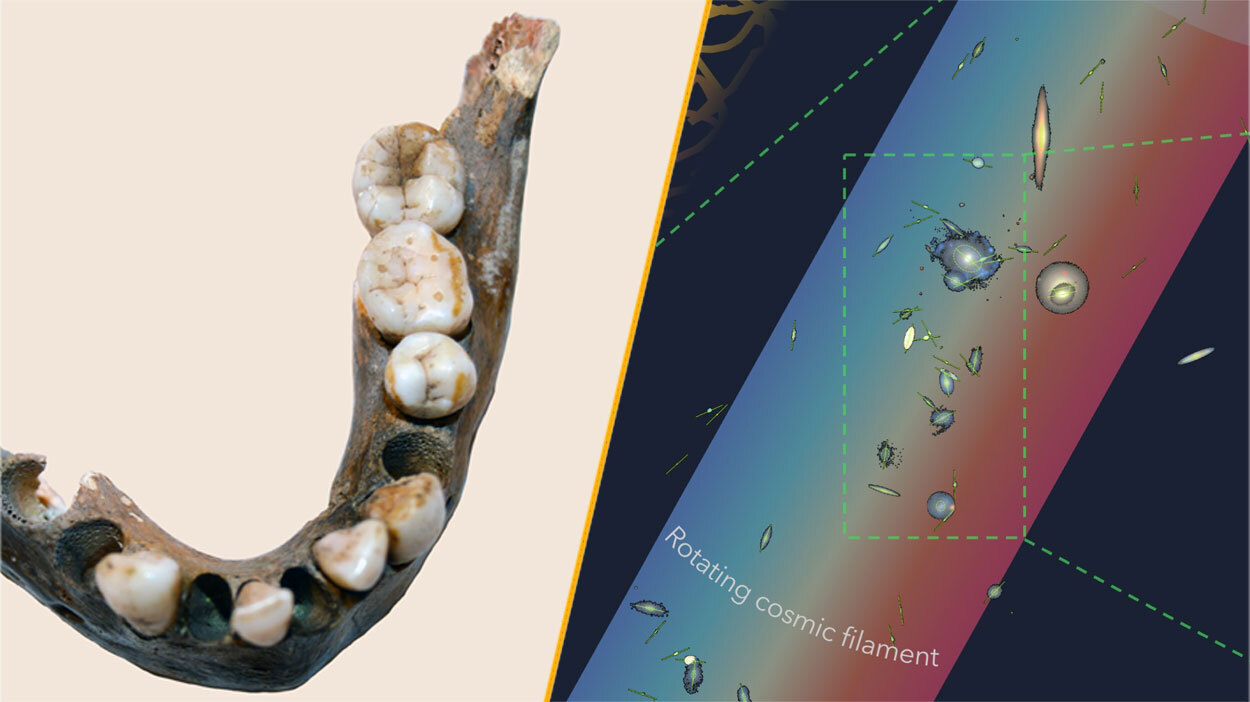'Exceedingly rare' horse bridle discovered in melting ice in Norway could date to Viking Age
Archaeologists in Norway have discovered a horseshoe and bridle that could be from the Viking Age.

Ice melt in the mountains of Norway has revealed an iron horseshoe and bridle that may date to the Viking Age, which ended roughly 1,000 years ago.
Archaeologists announced their finding on Sept. 7 via a Facebook post. They wrote, "We just made an incredible discovery on the south side of the Lendbreen pass: An iron horse bit, with parts of the leather bridle preserved! It could well be from the Viking Age, when traffic through the pass was at its peak."
Abnormally warm weather this summer led to a rapid increase in ice melt throughout the region, revealing the artifacts, according to the Miami Herald.
"This is a place where travelers would have used the snow in the gully for an easy walk instead of struggling among the stones in the scree," or a mountain slope covered with small, loose stones, Lars Holger Pilø, co-director of Secrets of the Ice, a glacier archaeology program based in Norway that made the discovery, told Live Science in an email. "They left behind many finds in the gully, which [were] preserved by the snow and ice here."
In a video in the Facebook post, a researcher in the background can be heard saying, "Finding the leather parts on the bridle, that's exceedingly rare."
Pilø said that the "shape of the bridle makes it difficult to date," and that further study is required. However, archaeologists think it could date to the Viking Age (A.D. 793 to 1066).
Get the world’s most fascinating discoveries delivered straight to your inbox.
Horseshoes first came into use during the 11th century in Norway, according to a Sept. 12 post on X (formerly Twitter) made by Secrets of the Ice.
During the Viking Age, Lendbreen pass was a popular thoroughfare and is known for its abundance of artifacts, which over the years has revealed Viking Age spears, ancient horse dung and horse bones, according to the Secrets of the Ice website.
"We now have 66 sites and 4,000 finds," Pilø told Live Science. "The reason we are making all these finds is that the mountain ice is retreating due to anthropogenic climate change. Inside the ice, the artifacts are in a gigantic prehistoric deep freezer. Once they melt out, the clock starts fast. We have a lot of work ahead of us — most of the ice in the Norwegian mountains will melt away this century alone, even with the greenhouse gases already in the atmosphere."
Jennifer Nalewicki is former Live Science staff writer and Salt Lake City-based journalist whose work has been featured in The New York Times, Smithsonian Magazine, Scientific American, Popular Mechanics and more. She covers several science topics from planet Earth to paleontology and archaeology to health and culture. Prior to freelancing, Jennifer held an Editor role at Time Inc. Jennifer has a bachelor's degree in Journalism from The University of Texas at Austin.


